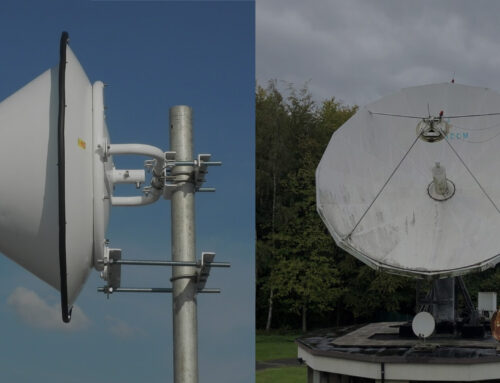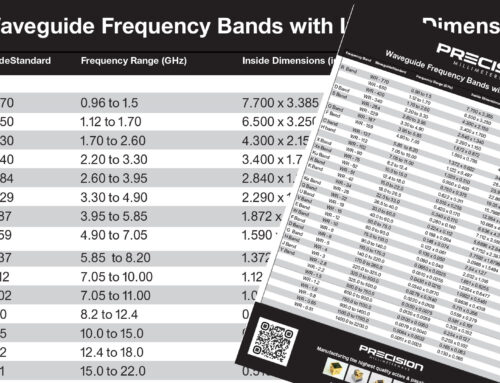Understanding Meta Materials
Meta materials, also known as “man-made materials,” are engineered materials that have unique properties that do not exist in natural materials. These materials are designed and fabricated with specific structures and compositions, which give them unique electromagnetic and optical properties.
Meta materials have the ability to manipulate and control the flow of electromagnetic waves, such as light and radio waves, in a manner that is not possible with natural materials. This ability makes them ideal for use in a wide range of applications, including communication systems, optics, and sensing technologies.
One of the key features of meta materials is their negative refractive index. This means that they can bend light in the opposite direction to that of a natural material, which allows them to control the flow of electromagnetic waves. This property has led to the development of “invisibility cloaks,” which are structures that can make an object appear invisible by bending light around it.
What are key features of meta materials?
Another important feature of meta materials is their high impedance contrast. This means that they can control the flow of electromagnetic waves by changing the impedance of the material, making it possible to direct or reflect the waves in a specific direction. This property has led to the development of “meta lenses,” which are able to focus light in a way that is not possible with conventional lenses.
Meta materials can be made from a variety of materials, including metals, alloys, and composites. The specific composition of the material is carefully controlled to give it the desired properties, which can be adjusted by changing the size, shape, and arrangement of the structures within the material.
Despite their unique properties, meta materials are still in the early stages of development and have a long way to go before they can be fully exploited in a commercial context. However, they have already shown great promise in a range of applications, and it is likely that we will see many more innovative uses for these materials in the future.
How does the RD industry use meta materials?
The RF (Radio Frequency) industry uses meta materials for a variety of purposes, mainly due to their unique electromagnetic properties. Some of the main ways the RF industry uses meta materials include:
- Antennas: Meta materials can be used to design highly efficient and compact antennas, which are crucial for many RF applications, including mobile communications, wireless networking, and GPS. Meta materials can be used to manipulate the flow of electromagnetic waves, making it possible to direct the waves in a specific direction and improve the performance of antennas.
- Filters: Meta materials can be used to design filters that are capable of suppressing unwanted signals, while allowing the desired signals to pass through. This makes them ideal for use in communication systems, where it is important to separate and isolate different frequency bands.
- Absorbers: Meta materials can be used as RF absorbers, which are used to reduce or eliminate unwanted reflections and reradiation of electromagnetic waves. This makes them ideal for use in a range of applications, including electronic warfare, microwave heating, and electromagnetic compatibility.
- Cloaks: Meta materials can be used to design “invisibility cloaks,” which are structures that can make an object appear invisible by bending light around it. This makes them ideal for use in military applications, where it is important to conceal objects from radar or other detection systems.
- Lenses: Meta materials can be used to design “meta lenses,” which are capable of focusing light in a way that is not possible with conventional lenses. This makes them ideal for use in a range of applications, including sensing, imaging, and communications.
Understanding Meta Materials: We hope this helped!
In conclusion, the RF industry uses meta materials for a variety of purposes, due to their unique electromagnetic properties. They are used in antennas, filters, absorbers, cloaks, and lenses, among other applications. As the technology for creating and using meta materials continues to advance, it is likely that we will see even more innovative uses for these materials in the RF industry.
Other RF News, Information & Resources
About Precision Millimeter Wave
We are a growing microwave & millimeter wave manufacturing & engineering company of parts, sub-assemblies and more for both passive & active based components.
Contact us for your needs.












